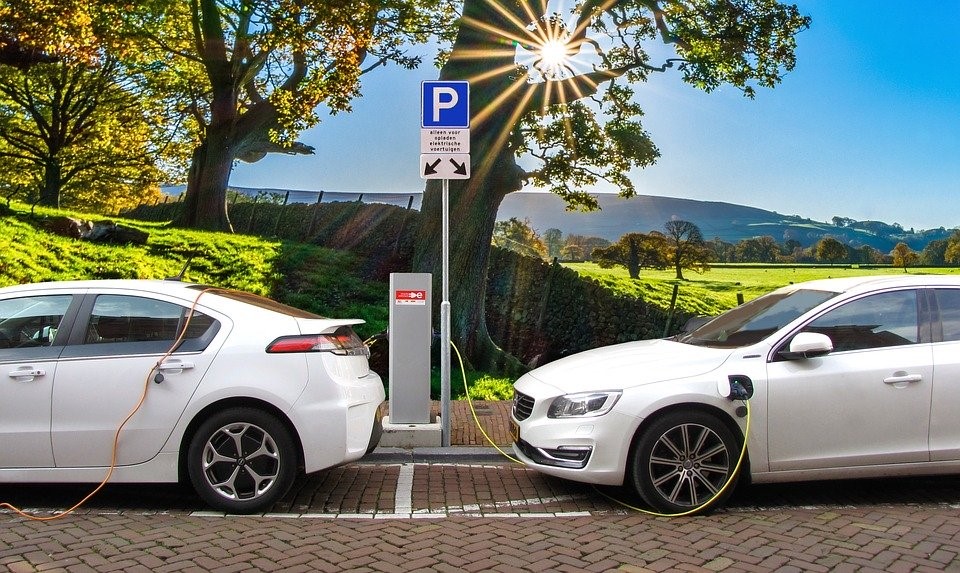
Many American drivers are choosing electric cars to cut down on the use of fossil fuels. Electric cars can be charged at home, often using a standard outlet. If you’re thinking about buying an electric car, it’s important to understand how to charge it safely to avoid over-taxing your home’s electrical system and possibly sparking a fire.
Figure out What Type of Charger to Use
An electric vehicle may be plugged into an outlet in a garage or outdoors, using equipment rated for outdoor charging. Before attempting to charge your electric vehicle, check the owner’s manual or the manufacturer’s website for instructions. Although many types of electric cars can draw power from a standard three-prong, 110-volt outlet, some need wall connectors specifically designed for that make and model.
A Level 1, 110-volt-compatible connector kit works with a standard wall outlet. It can provide sufficient charging capacity for most electric vehicles and for most drivers’ needs. With a standard outlet, it may take 18 hours or longer to fully charge an electric car.
If you drive more than 40 or 50 miles per day or need to charge your vehicle faster, you can purchase a Level 2, 240-volt wall-mounted charger. That can cost thousands of dollars and must be installed by an electrician. A Level 2 charger is equipped with standard safety features.
Make Sure Your Home’s Electrical System Is up to the Task
If you aren’t sure if your home’s electrical system can handle the demands of charging an electric car, have an electrician inspect it first. If the wiring is damaged or outdated, or if a component was installed incorrectly, that can increase the risk of an electrical fire. If appliances that use a lot of energy are on the same circuit, they may not be able to get enough power. That can cause the circuit breaker to trip and possibly spark an electrical fire.
If you want to use a Level 2 charger, an electrician will have to inspect your home’s electrical system and tell you if it has a high enough capacity. If not, the electrician may be able to add circuits to allow you to charge an electric vehicle. You might need to obtain permits for additional circuits from your local government.
How to Charge an Electric Car
Using an extension cord can increase the risk of an electrical fire. If possible, plug your electric vehicle’s charging cord directly into a wall outlet, not into an extension cord. If you must use an extension cord, use the shortest one possible, and make sure it is a high enough gauge to handle the current.
Review Your Insurance Coverage
It’s also important to have the right insurance coverage for both your vehicle and your home. Petruzelo Insurance can help you compare auto and homeowners insurance policies from several top companies and find multi-policy discounts and other ways to save money. Contact us today to learn more.
